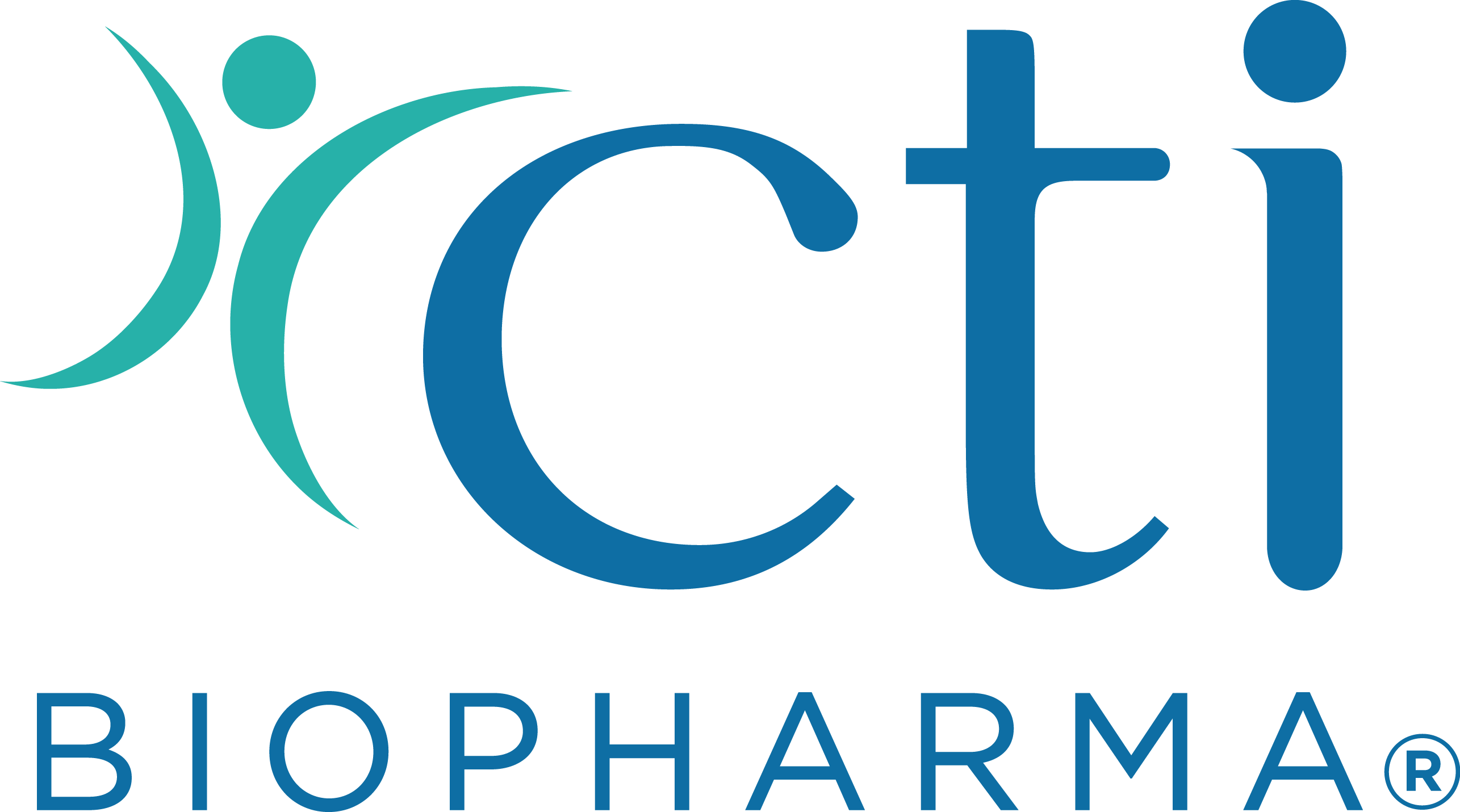Diarrhea
Diarrhea is when your bowel movements are watery, soft, loose, or become more frequent than usual. It is a common side effect of cancer and cancer treatments.
Diarrhea is when your bowel movements are watery, soft, loose, or become more frequent than usual. It is a common side effect of cancer and cancer treatments.
DIARRHEA CANCER TREATMENT EDUCATION Page 1 What is diarrhea? • Diarrhea is when your bowel movements are watery, soft, loose, or become more frequent than usual. • It is a common side effect of cancer and cancer treatments. • If you are receiving immunotherapy to treat your cancer and have diarrhea, contact your care team. What are the symptoms that I might experience if I have diarrhea? • You feel a sense of bloating (fullness in the belly area). • You have cramping or abdominal pain. • You have excess gas. • You are unable to hold in bowel movements. • You may feel more weak and tired than usual. What puts me at risk of experiencing diarrhea? • Certain cancer treatments, including chemotherapy, immunotherapy, targeted therapy, radiation therapy to the belly or pelvic region, surgery to the stomach or intestines, or stem cell or bone marrow transplant. • Certain bowel disorders, such as Crohn’s disease, ulcerative colitis, and irritable bowel syndrome. • Certain medical conditions, such as hyperthyroidism, diabetes, or lactose intolerance. • Anxiety or stress. • Certain types of infections. • Taking certain medications, including antibiotics, laxatives, some blood pressure medications, and antacid medications that contain magnesium. How is diarrhea diagnosed? • Your care team may ask you to describe the following: • When diarrhea first started. • How many episodes of diarrhea you have had in the past 24–48 hours. • The color and consistency (semi-formed, soft, or liquid). • If there is any blood, mucous, or unusual odors. • Any recent dietary changes or new food sensitivities. • Any new medication changes. • Your care team may request the following: • A stool sample to check for infection or blood. • Blood tests to check for related medical conditions. • X-rays or other imaging to look for other causes of diarrhea. DIARRHEA CANCER TREATMENT EDUCATION Page 2 What can happen if my symptoms are not managed? • Dehydration from fluid loss can be caused by diarrhea, which can become serious. Signs of severe dehydration include feeling very weak, feeling very thirsty, dry mouth, feeling dizzy, or decreased urine production. • Skin irritation around the anus can occur, which can result in pain or bleeding when wiping. • Weight loss, malnutrition, and fatigue can occur. • There may be schedule delays, dose reductions, or temporary or permanent stopping of cancer treatment that is causing diarrhea. What can I do to prevent or lessen diarrhea? • Avoid spicy, greasy, or fried foods. • Avoid eating a lot of raw vegetables or fruits. Small amounts of cooked vegetables are OK. • Avoid high-fiber foods, such as whole wheat breads, granola, bran, and seeds. • Avoid gas-forming foods, such as cabbage and broccoli. • Avoid milk and dairy products. • Avoid beverages with caffeine and alcohol. • Avoid artificial sweeteners like sorbitol or xylitol. • Do not smoke cigarettes. • Eat small, frequent meals throughout the day rather than a few large meals. What can I do to treat diarrhea at home? • Drink plenty of clear fluids, at least 6–8 glasses per day. • Examples include water, sports drinks, broth, weak decaffeinated teas, decaffeinated soft drinks, clear juices, and gelatin. • Eat bland foods, such as bananas, applesauce, white rice, noodles, plain pasta, baked potatoes without the skin, white bread, toast, and chicken or turkey (without the skin). • There are several types of over-the-counter medications to help with diarrhea. Check with your care team for guidance before trying these. • For raw or irritated skin around the anus, gently clean the area well with mild soap and water or baby wipes. Pat the area dry and apply a barrier ointment, such as petroleum jelly or diaper rash cream, to protect your skin. What might my care team provide to help? • Medications may be prescribed to prevent or treat diarrhea. Take these medications as directed. • Your care team may order blood tests to check for dehydration and order IV fluids. DIARRHEA CANCER TREATMENT EDUCATION Page 3 When should I call my care team? • If you are receiving immunotherapy to treat your cancer, notify your care team right away if you experience diarrhea. • Call your care team if you experience any of the following symptoms: • You have 4 more than your normal number of bowel movements in 1 day. • You have diarrhea or cramps for more than 1 day. • Your anal area is sore or bleeding. • You feel dizzy. • You have a fever of 100.4°F or higher. • You are unable to drink fluids to replace fluid loss from diarrhea. • Your urine (pee) becomes dark yellow in color. • You have pain in your belly area or it becomes swollen. How can I tell if my diarrhea is getting better? • Your diarrhea is improving when your stools are more solid than liquid and you are close to your normal number of bowel movements in one day. What questions should I ask my care team about diarrhea? • Is it helpful for me to track my symptoms? What do you recommend? • Do any of my other medical conditions increase my chance of experiencing diarrhea? • Do any of my medications I take for other conditions contribute to diarrhea? • Do you recommend any changes to my medications to help prevent or control diarrhea? • What lifestyle changes do you recommend to manage my diarrhea? • What are my options if my diarrhea cannot be controlled while I am receiving cancer treatment? Where can I find out more information about diarrhea? What is Diarrhea? | American Cancer Society • https://www.cancer.org/cancer/managing-cancer/side-effects/stool-or-urine-changes/diarrhea.html Diarrhea and Cancer Treatment—Side Effects | National Cancer Institute • https://www.cancer.gov/about-cancer/treatment/side-effects/diarrhea Chemotherapy and You | National Cancer Institute • https://www.cancer.gov/publications/patient-education/chemotherapy-and-you.pdf Diarrhea | Cancer.net • https://www.cancer.net/coping-with-cancer/physical-emotional-and-social-effects-cancer/managing-physical-side-effects/ diarrhea DIARRHEA CANCER TREATMENT EDUCATION Page 4 Important notice: The Association of Community Cancer Centers (ACCC), Hematology/Oncology Pharmacy Association (HOPA), National Community Oncology Dispensing Association, Inc. (NCODA), and Oncology Nursing Society (ONS) have collaborated in gathering information for and developing this Cancer Treatment Education sheet. This summarized information represents a brief summary of supportive care information and other resources. This Cancer Treatment Education sheet does not cover all existing information related to the possible directions, doses, precautions, interactions, adverse effects, or risks associated with specific medication or adverse events and should not substitute for the advice of a qualified healthcare professional. Provision of this Cancer Treatment Education sheet is for informational purposes only and does not constitute or imply endorsement, recommendation, or favoring of this side effect management by ACCC, HOPA, NCODA, or ONS, who assume no liability for and cannot ensure the accuracy of the information presented. The collaborators are not making any representations with respect to the clinical information presented whatsoever, and any and all decisions, with respect to such patient management, are at the sole risk of the individual consuming the medication. All decisions related to education and managing adverse events should be made with the guidance and under the direction of a qualified healthcare professional. Permission: Cancer Treatment Education sheets are provided as a free educational resource for patients with cancer in need of concise, easy-to-understand information about cancer topics and adverse event management. Healthcare providers are permitted to copy and distribute the sheets to patients as well as direct patients to the Oral Chemotherapy Education (OCE) website for information. However, commercial reproduction or reuse, as well as rebranding or reposting of any type, are strictly prohibited without permission of the copyright holder. Please email permission requests and licensing inquiries to This email address is being protected from spambots. You need JavaScript enabled to view it.. Copyright © 2023 by NCODA. All rights reserved. Additional instructions
Read more ...






















